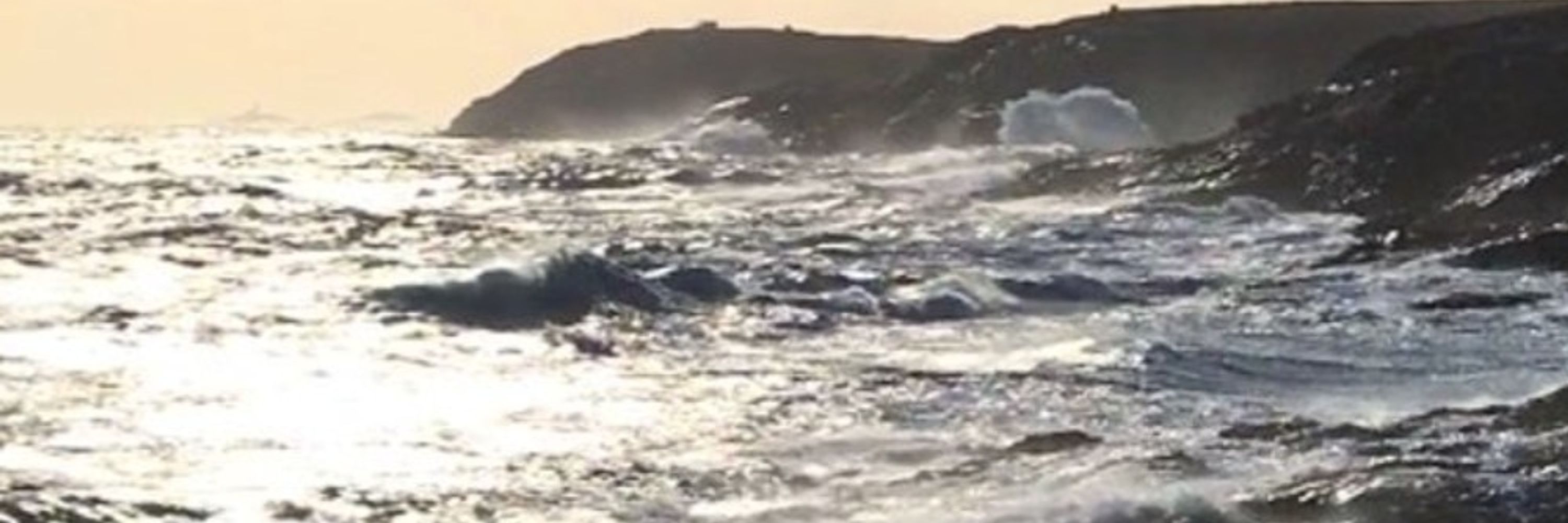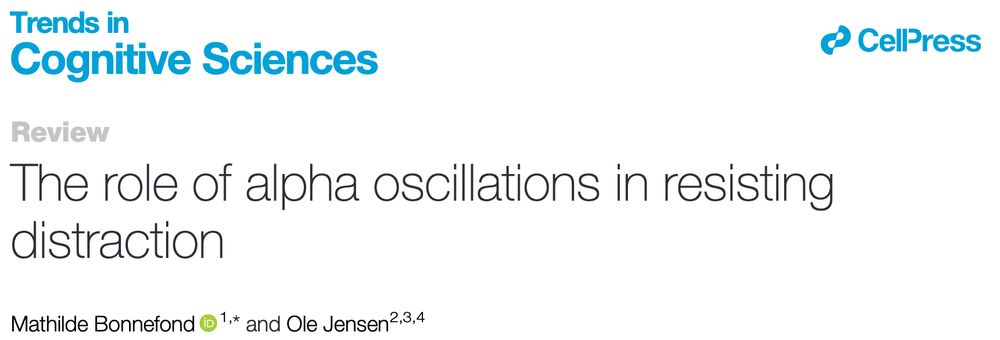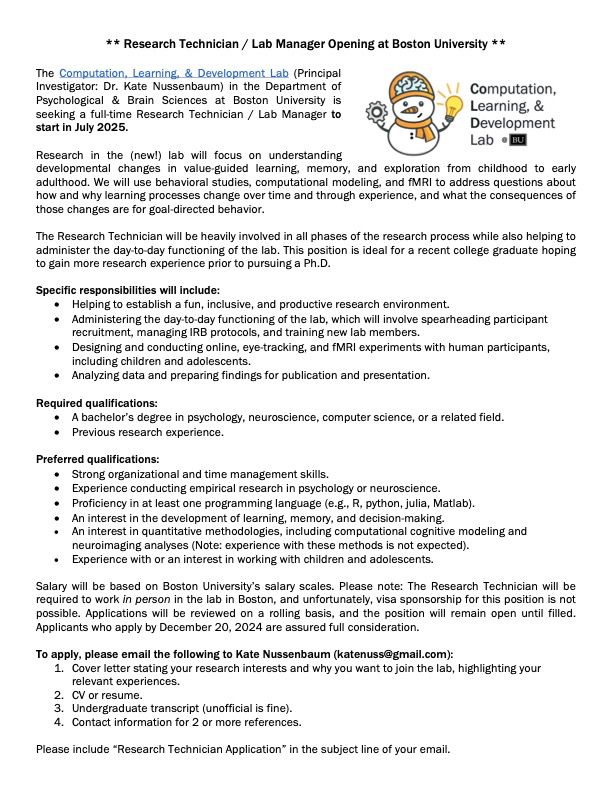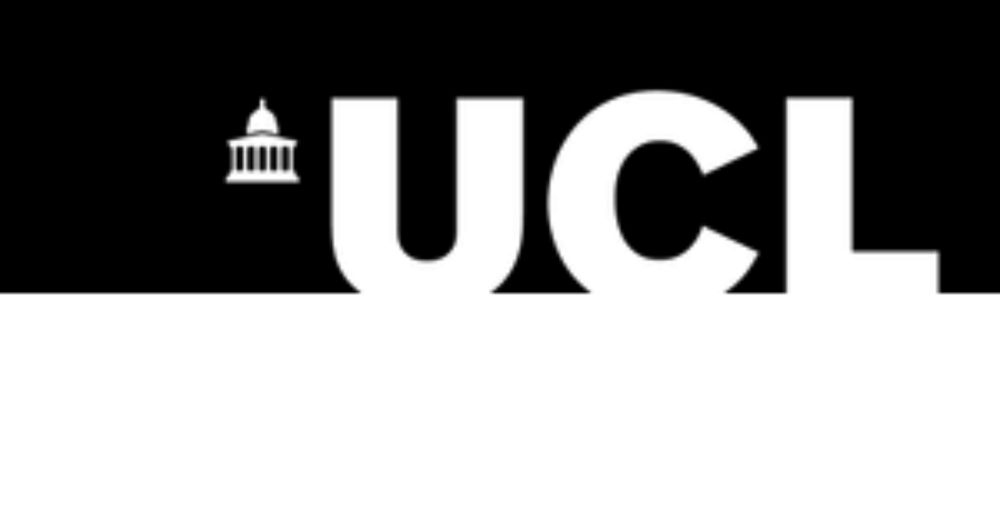Graham Flick
@grahamflick.bsky.social
350 followers
390 following
14 posts
NSERC Postdoc @ the Rotman Research Institute, Toronto
Studying language, memory, and neural oscillations
https://sites.google.com/view/grahamflick
Posts
Media
Videos
Starter Packs
Reposted by Graham Flick
Reposted by Graham Flick
Joel Voss
@vosstacular.bsky.social
· May 2
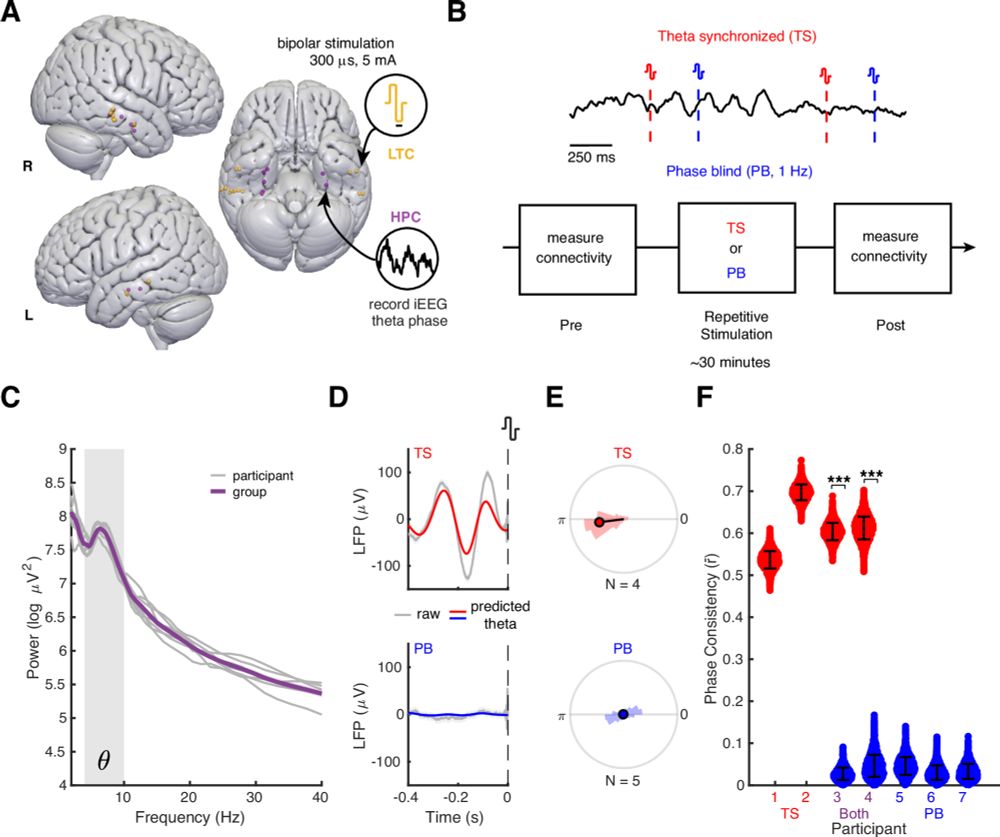
Closed-loop control of theta oscillations enhances human hippocampal network connectivity
Nature Communications - Closed-loop brain stimulation of the human hippocampal theta rhythm produces lasting enhancement of network communication. This implicates theta rhythms in human hippocampal...
rdcu.be
Reposted by Graham Flick
Liina Pylkkänen
@liinapy.bsky.social
· Apr 28
Graham Flick
@grahamflick.bsky.social
· Apr 28

Reading ahead: Localized neural signatures of parafoveal word processing and skipping decisions
Visual reading proceeds fixation-by-fixation, with individual words recognized and integrated into evolving conceptual representations within only hundreds of milliseconds. This relies, in part, on in...
www.biorxiv.org
Graham Flick
@grahamflick.bsky.social
· Apr 28
Graham Flick
@grahamflick.bsky.social
· Apr 28
Graham Flick
@grahamflick.bsky.social
· Apr 28
Graham Flick
@grahamflick.bsky.social
· Apr 28

Reading ahead: Localized neural signatures of parafoveal word processing and skipping decisions
Visual reading proceeds fixation-by-fixation, with individual words recognized and integrated into evolving conceptual representations within only hundreds of milliseconds. This relies, in part, on in...
www.biorxiv.org
Reposted by Graham Flick
Alex White
@alexlw.bsky.social
· Apr 8

Barnard Early-Career Faculty Fellow, Neuroscience & Behavior
If you are a current Barnard College employee, please use the internal career site to apply for this position. Job: Barnard Early-Career Faculty Fellow, Neuroscience & Behavior Job Summary: With B...
barnard.wd1.myworkdayjobs.com
Graham Flick
@grahamflick.bsky.social
· Mar 30
Reposted by Graham Flick
Reposted by Graham Flick
Graham Flick
@grahamflick.bsky.social
· Jan 7
Dan Lametti
@daniellametti.com
· Jan 4

Memories of hand movements are tied to speech through learning - Psychonomic Bulletin & Review
Hand movements frequently occur with speech. The extent to which the memories that guide co-speech hand movements are tied to the speech they occur with is unclear. Here, we paired the acquisition of ...
link.springer.com
Reposted by Graham Flick
Reposted by Graham Flick
Reposted by Graham Flick
Graham Flick
@grahamflick.bsky.social
· Nov 15
